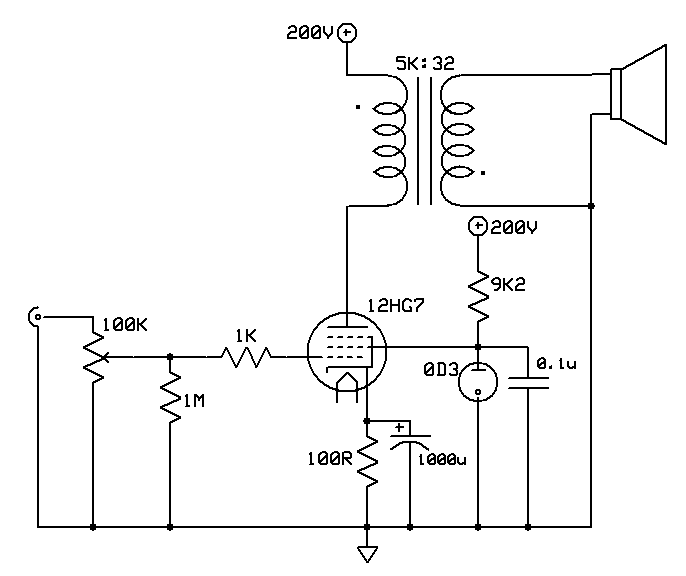regal
Headphoneus Supremus
- Joined
- May 27, 2006
- Posts
- 3,645
- Likes
- 19
Has anyone built P. Millett's 307A P-P headphone amp ? I would like to start a thread for it. Assuming the 307A has an Rp=800 I'm calculating an output impedance of around 3.2 ohms, which is the best I have seen of any pure tube headphone amp. Would give Grados a damping factor of 10 vs the typical 2 for even the most expensive tube amps (excluding hybrids.) The 307A is a predecessor to the 300B more suitable to headphones but should have the good DHT sound. The DC heaters shouldn't be to bad as they only need 1amp per tube. The transformers used look expensive but I bet Electra-Print could match them for a decent price.
307A Push-Pull Amp
I noticed on his commercial version (TTVJ) he dropped the input tube and went straight to the phase splitting transformer, probably so it would be easier to have balanced inputs, all the transformers used on the commercial amp are also different than the DIY.
I am not sure about the input tube buffer+transformer choices, it would seem we could find a tube with lower gain and match it with a different transformer and get the same or better results without the NFB. I get the feeling he picked the 7W7 for the input buffer since it was the same tube model being used for the driver.
307A Push-Pull Amp
I noticed on his commercial version (TTVJ) he dropped the input tube and went straight to the phase splitting transformer, probably so it would be easier to have balanced inputs, all the transformers used on the commercial amp are also different than the DIY.
I am not sure about the input tube buffer+transformer choices, it would seem we could find a tube with lower gain and match it with a different transformer and get the same or better results without the NFB. I get the feeling he picked the 7W7 for the input buffer since it was the same tube model being used for the driver.










